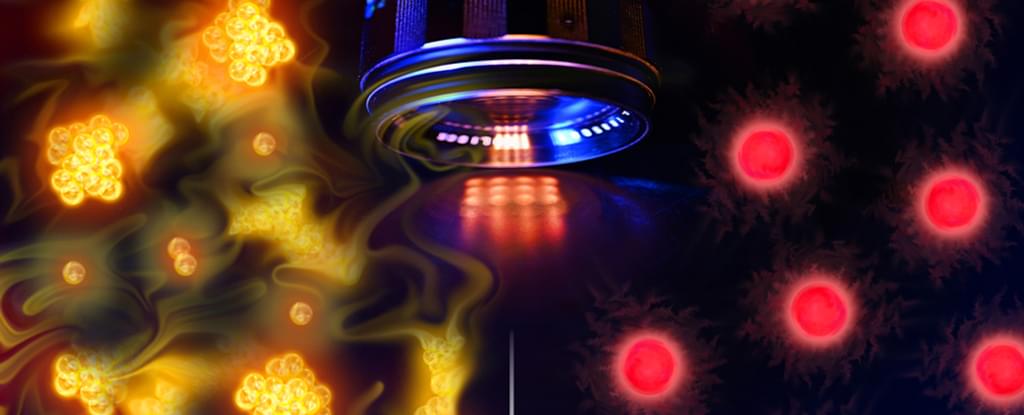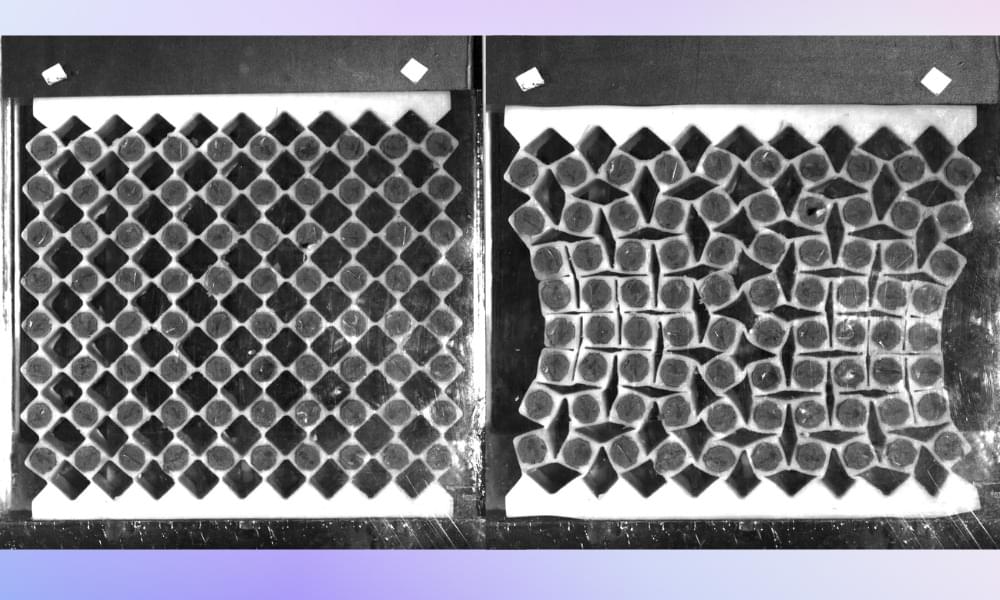
By Chuck Brooks.
Source: Forbes
Robotics is now revolutionizing numerous industry sectors through the integration of artificial intelligence, machine learning, and reinforcement learning, as well as advances in computer vision that empower robots to make complicated judgments.
Industrial automation in factories and warehouses has been the main emphasis of robotics for many years because of its efficiency and affordability. These settings are usually regulated, organized, and predictable. Consequently, industries like manufacturing, agriculture, warehouse operations, healthcare, and security have utilized robotics to automate mundane programmable tasks.
Robotics in those and many other industries are becoming more refined and capable with the contributions of new material sciences, and artificial intelligence tools. It now appears that with those advances, we are at the precipice of building functional, dexterous, and autonomous humanoid robots that were once the topic of futurist writing.









